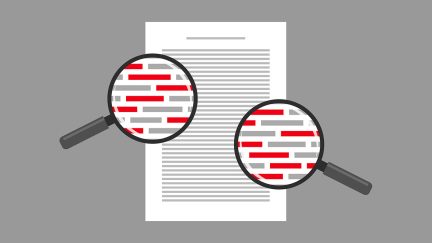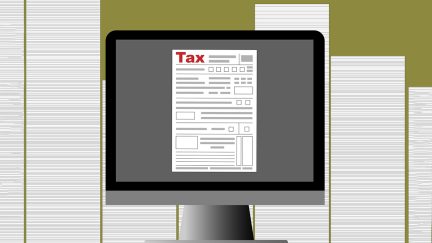Want the latest retirement plan adviser news and insights? Sign up for PLANADVISER newsletters.
ASPAA to IRS: Adjust Magnetic Media Regs
The regulations would cover the filing of certain retirement plan statements, returns and reports on magnetic media. According to a letter on the subject, sent to the IRS by ASPPA, Craig P. Hoffman, general counsel for ASPPA said, “We generally support the use of electronic filing to reduce filing errors, and improve timeliness and accuracy of data collection.”
The letter listed several recommendations on the proposed regulations including use of the existing Filing Information Returns Electronically (FIRE) system, improvements needed for the FIRE system, application of proposed rules to certain one-participant plan filers, and electronic filing of IRS Form 5558.
With regard to use of the FIRE system, ASPPA’s letter pointed out that the proposed regulations do not identify the system as an acceptable alternative electronic method for submission of the Form 5500 series and their related schedules. In addition, ASPPA believes that transition to another electronic system for filing Form 8955-SSA will probably not come about till at least 2016, which is at least a year beyond the IRS’s estimate. Given these concerns, ASPPA recommended the IRS use the FIRE system through calendar year 2016.
In terms of improvements for the FIRE system, ASPPA voiced concerns about how the current version of the system places hardships on service providers who transmit information on behalf of their clients, because each Form 8955-SSA filing in the system may contain data for only one plan. In addition, the system lacks a no-cost, do-it-yourself option, which would be similar to the Department of Labor’s IFILE application under EFAST2. As such, ASPPA recommended the IRS add “an efficient batch submission feature for the FIRE system, as well as a free interface for use by employers or other filers of Form 8955-SSA.”
As for the subject of certain one-participant plan filers, ASPPA commented that the proposed regulations appear to put both partner-only plans and large plans on similar footing by requiring electronic filing of the Form 5500 series, as well as related schedules. However, it is not clear whether both would become large plan filers. If so, the regulations would impose on the partner-only plans not only an electronic filing requirement but also the need to attach the report of an independent accountant. Because of these issues, ASPPA asked for clarification on how the proposed regulations would interact with current filing requirements for Form 5500-EZ for certain one-participant plans.
And finally, with regard to the electronic filing of Form 5558, ASPPA observed that the current paper-based system of submission is very labor intensive, as well as being expensive for both the filer and the IRS. In addition, the intake system for this form has been found to be quite prone to introducing errors. ASPPA’s recommendation to the IRS is that an electronic filing option be made available for Form 5558 when used to extend the filing deadlines for the Form 5500 series and/or Form 8955-SSA.
The full text of ASPPA’s letter to the IRS can be found here.
You Might Also Like:

Required Amendments for Qualified Plans, 403(b)s Issued by IRS

IRS, Treasury Explain How to Open ‘Trump Accounts’
